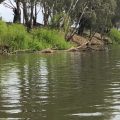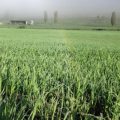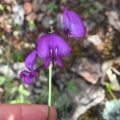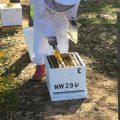Organic Matter is the Answer!
Published 31st March 2023. Written by Maddison O’Brien
When talking about soil health, ‘organic matter’ is often a central part of the conversation. Organic matter plays some important roles in soil. It builds the ‘soil sponge’, feeds beneficial microbes, and helps to absorb and store moisture, all the while adding fertility and nutrients to be used by growing plants. Organic matter is the lifeblood of fertile, productive soil. Without it, agricultural production is not sustainable. Soils low in organic matter will be compacted, cracked or hydrophobic. Depleted soils will have little soil life and less desirable plants.
What is Organic matter? It is any animal or plant material (primarily made of carbon). Familiar sources of organic matter are plant litter (plant roots, stubble, leaves, mulch) and animal manures. Generally, all soils, whether out on the paddock or in your garden, will benefit from more organic matter, and there are a few simple ways this can be achieved.
One of the easiest ways to boost soil organic matter levels is to retain stubble, mulch and manures. High-density grazing can be used to trample dead grass stands, for example, pushing the plant matter into the soil where it can be broken down. If grazing isn’t available, slashing is a good alternative. This is an example of nutrient cycling.
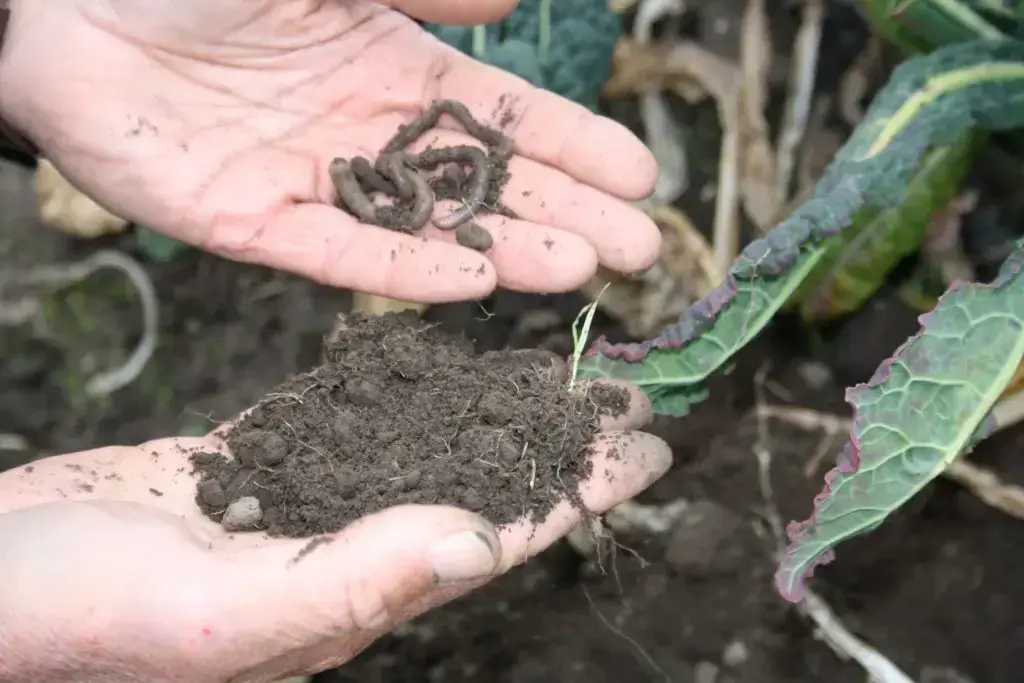
Some of the best builders of soil organic matter are perennial grasses. It just so happens that there are many Australian perennial grass species that are best adapted to local conditions, need no fertiliser and are highly nutritious for stock. We can favour perennial species and maintain better ground cover year-round by not overgrazing or ploughing and allowing adequate pasture recovery time.
Look around you. On farms, there is usually an abundance of ‘green waste’ that we can incorporate into the soil. Resources like Weeds, tree pruning’s, kitchen scraps, fallen leaves and animal waste are all things we should be returning to the earth, not to the tip. Natural Sequence Farming principles explain that moving fertility to a high point in the landscape allows the fertility to ‘start at the top’ and ride gravity through the system over time. This idea goes against a common practice of chucking’ organic waste’ in a gully where it will effectively be whisked away in the next rain event. So the next time you have some spoiled hay or an animal that passes away, consider moving it to a high place and watch what happens downhill; you will find more green grass growing there as the organic matter feeds the soil life.
Soil health is complex, and there is an undeniable link between soil health and human health. Our food comes from the soil. So how are you going to feed the soil in return? With organic matter!



